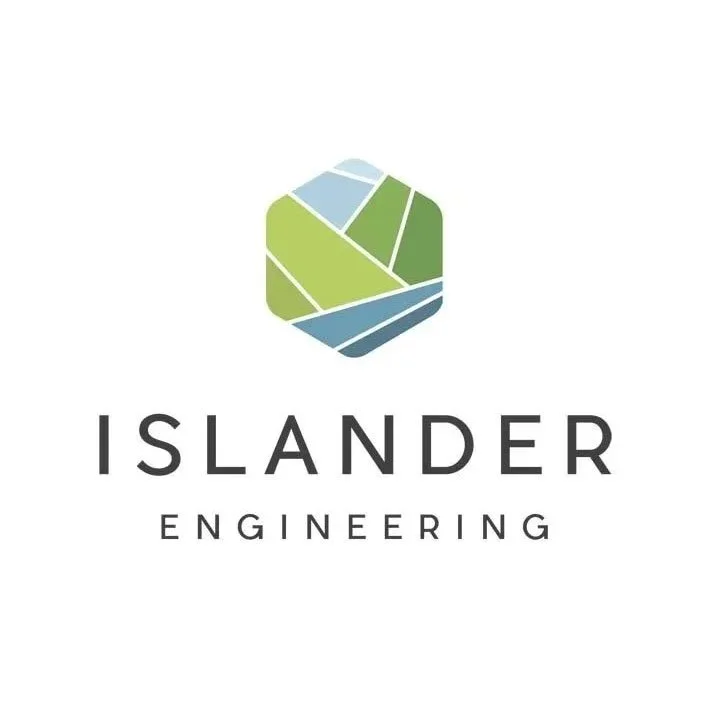
Waste-Energy Generation
Waste-Energy Generation
Waste-energy generation is the process of capturing the energy contained in wastes and converting it into useful forms — usually electricity, heat, or fuels — instead of sending that material straight to landfill. It’s about extracting value while reducing the volume of waste.
Land Development Professionals
Converting waste into energy cuts landfill volumes and the methane they produce while delivering firm, dispatchable power—via incineration or captured landfill gas—that reliably complements intermittent renewables. Islander Engineering utilizes waste-to-energy technologies that also enable the safe treatment of mixed or contaminated streams that recycling alone can’t handle, recovering value from materials that would otherwise be lost. Paired with robust recycling and organics-diversion programs, waste-energy becomes a practical pillar of the circular economy, turning residuals into useful energy and reducing overall environmental harm.
Waste Energy Generation | Islander Engineering Ltd.
Islander Engineering can help communities and businesses reduce greenhouse gas emissions compared to landfilling, providing reliable, low-carbon heat/electricity while being integrated into broader waste and climate policies to avoid undermining recycling goals.



